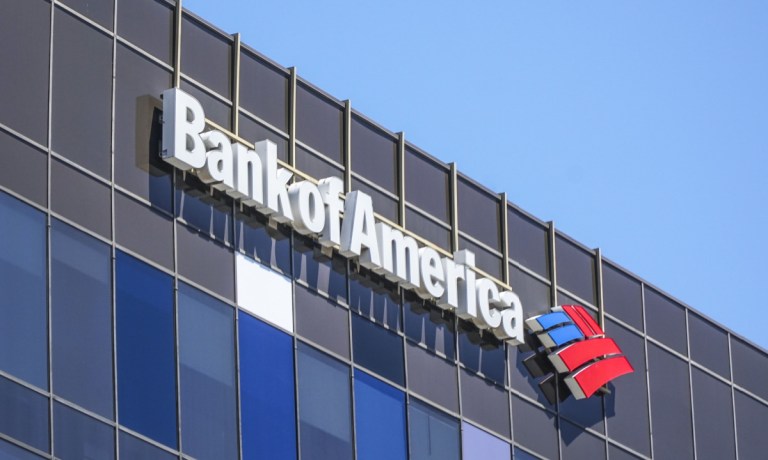
For Bank of America, digital channels have represented avenues of continued growth, making inroads with credit card spending in particular.
According to management, there’s still room left for consumers to keep spending on those cards.
The company said in a second-quarter 2024 earnings release that 53% of its consumer sales were made through digital channels in the quarter, up from 51%.
The average deposits in the period stood at $949 billion, down 6% from a year ago, supplemental materials revealed. The company noted that 58% of deposits were in checking accounts, and 92% of those accounts were primary accounts.
Combined credit and debit spend of $243 billion was 3% higher than a year ago.
In reference to credit cards, the average outstanding loans came in at $99 billion, flat with the first quarter, and up from $94.4 billion last year. The net charge-off ratio was 3.9%, up from 2.6% a year ago and up from 3.6% in the first quarter. Digitally enabled sales in the quarter were 72% of credit card sales, up from 70% a year ago.
During a conference call with analysts, Bank of America CEO Brian Moynihan said the company added 278,000 net new checking accounts in the quarter, and the cumulative growth through the first six months has been more than 500,000 accounts.
“Our consumer mobile banking app now serves more than 47 million active users, and they logged in 3.5 million times this quarter,” Moynihan said.
With some granularity on the digital activity, Moynihan said that 23 million Bank of America customers are using Zelle — and 10 times more transactions take place than the combination of ATMs and cash withdrawals at a teller.
“Simply put, Zelle is becoming a dominant way to move money,” said Moynihan.
There were 244 million Zelle transactions sent during the quarter, while Bank of America clients wrote 100 million checks. Erica active users and interactions were a respective 19.6 million and 167 million.
During the call, Moynihan said card delinquency trends should “lead to stabilized net credit losses in credit card in the second half of the year.” And card holders have “plenty of capacity to borrow.”
The company’s earnings supplementals showed that there has been 25% growth in the deposit and investment balances held by credit card clients as measured against the end of 2019, before the pandemic. The 30-day past due delinquency rate stood at 2.4% in the second quarter of this year, up from 2.1% at the end of 2019. The 90-day delinquency rate in the quarter was 1.3%, whereas that ratio was 1.1% before the pandemic.